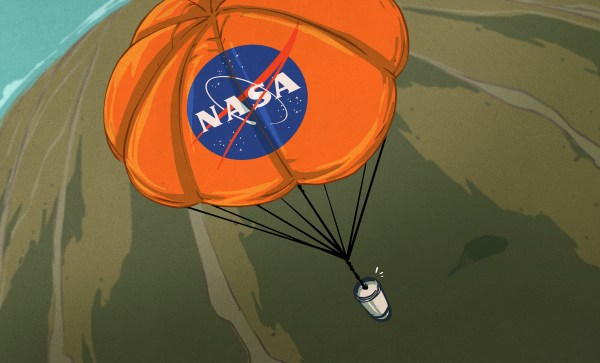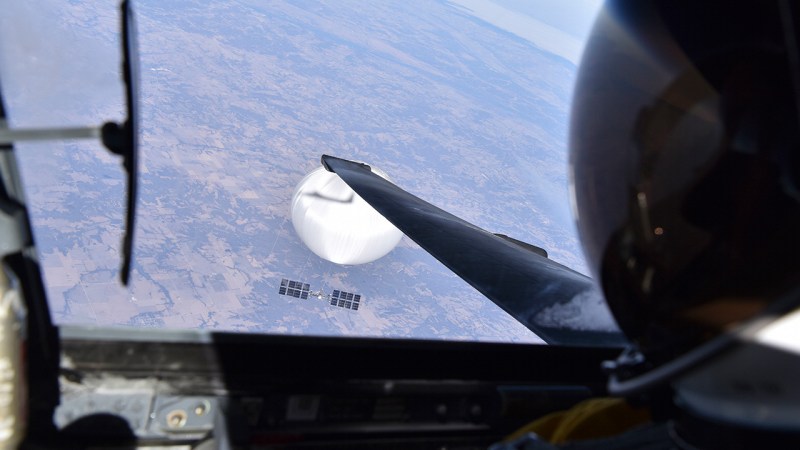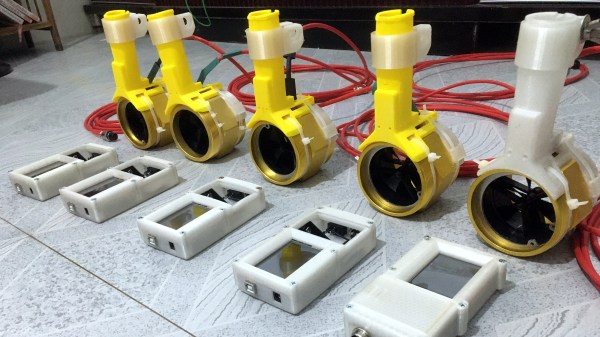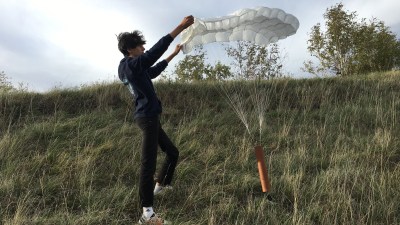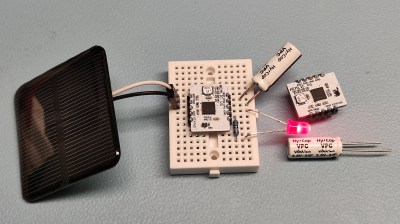Closed captioning on television and subtitles on DVD, Blu-ray, and streaming media are taken for granted today. But it wasn’t always so. In fact, it was quite a struggle for captioning to become commonplace. Back in the early 2000s, I unexpectedly found myself involved in a variety of closed captioning projects, both designing hardware and consulting with engineering teams at various consumer electronics manufacturers. I may have been the last engineer working with analog captioning as everyone else moved on to digital.
But before digging in, there is a lot of confusing and imprecise language floating around on this topic. Let’s establish some definitions. I often use the word captioning which encompasses both closed captions and subtitles:
- Closed Captions: Transmitted in a non-visible manner as textual data. Usually they can be enabled or disabled by the user. In the NTSC system, it’s often referred to as Line 21, since it was transmitted on video line number 21 in the Vertical Blanking Interval (VBI).
- Subtitles: Rendered in a graphical format and overlaid onto the video / film. Usually they cannot be turned off. Also called open or hard captions.
The text contained in captions generally falls into one of three categories. Pure dialogue (nothing more) is often the style of captioning you see in subtitles on a DVD or Blu-ray. Ordinary captioning includes the dialogue, but with the addition of occasional cues for music or a non-visible event (a doorbell ringing, for example). Finally, “Subtitles for the Deaf or Hard-of-hearing” (SDH) is a more verbose style that adds even more descriptive information about the program, including the speaker’s name, off-camera events, etc.
Roughly speaking, closed captions are targeting the deaf and hard of hearing audience. Subtitles are targeting an audience who can hear the program but want to view the dialogue for some reason, like understanding a foreign movie or learning a new language.
Continue reading “History Of Closed Captions: The Analog Era” →


